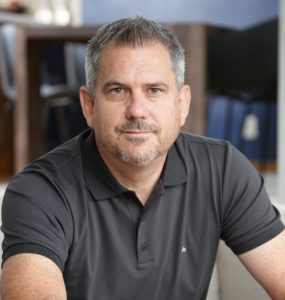The volatile investment climate has continued. Global stock markets climbed sharply in April and May, only to fall back to their lowest levels of the year in June. The following chart shows the 1-year, 5-year, and 10-year performance of many DFA funds (representing different asset classes) compared to the S&P 500 Index:
Market Returns for the period ending June 30, 2008
| DFA Fund / Index | 1 Year Return | 5 Year Return* | 10 Year Return* |
| S&P 500 Index | -13.12 | 7.58 | 2.88 |
| DFA U.S. Large Value | -20.14 | 10.51 | 6.11 |
| DFA U.S. Small | -19.15 | 9.77 | 7.25 |
| DFA U.S. Small Value | -25.34 | 12.10 | 9.62 |
| DFA Real Estate (REITs) | -16.13 | 13.65 | 10.91 |
| DFA Int’l Large | -7.93 | 16.66 | 6.10 |
| DFA Int’l Large Value | -15.90 | 20.10 | 9.54 |
| DFA International Small | -14.52 | 20.08 | 11.83 |
| DFA Int’l Small Value | -17.45 | 21.30 | 13.68 |
| DFA Emerging Markets | -0.39 | 27.91 | 16.00 |
| DFA 5-Year Global Bonds | 3.29 | 2.64 | 4.76 |
| DFA Intermediate Gov’t Bonds | 10.37 | 3.61 | 6.12 |
*Note: Returns for periods greater than 1 year are annualized. Top 3 returns are in bold.
As shown above, the Standard & Poor’s 500 Index is down by 13 percent during the last 12 months. Your portfolio, which is more diversified, has probably done better (refer to the enclosed “Asset Class Performance Summary”). Bonds are the only asset class with a positive return during the last year. While small and value stocks have performed the worst during the last year (both in the U.S. and internationally), they have outperformed large stocks over the last 10 years. Emerging markets has been the best performing asset class during the last year, the last five years, and the last 10 years.
At times like these, some investors flee stocks to avoid further declines and usually put their money into low-rate bank accounts or money market funds. I think this is a mistake. Not only does the investor suffer a loss by selling after prices have dropped, but he gives up the potential for inflation-beating growth when the markets recover. The investor also has a new decision to make: when to put money back into the stock market. Typically, an investor doesn’t do that until he “feels better” about the market, and that usually doesn’t happen until the market has gone up. That means the investor has missed much of the recovery. This is a sure way to earn a mediocre return.
It takes 36 years to double your money at today’s short-term interest rate of 2 percent. That is not an attractive prospect! Since 1926, however, the annualized return on the S&P 500 has been over 10 percent. You will double your money in about seven years at a 10 percent return.
Please continue to focus on your long-term goals. If you look at each dip in your portfolio and turn in the market, you may scare yourself and lose track of the potential gains from diversification and staying the course. As I’ve said before, the best strategy for making money on your investments is to hold to a long term asset allocation and rebalance your portfolio when it goes out of balance. Rebalancing means that you sell what has done fairly well and you buy what hasn’t done very well. Since all of the equity markets are down from their October 2007 high, right now is a great time to invest extra cash that you may have sitting around! Alternatively, I’ll probably need to rebalance your portfolio from bonds to stocks if the markets fall much further.
On a personal note, I will be on vacation from July 28th until August 20th. During most of this trip, I will have very limited access to email and voicemail. Debbie will be working limited morning hours during this period, and I will be checking in with her once or twice a week, in case any urgent issues come up.
Thank you for your continued trust and confidence. As always, feel free to call or send an email if you need anything or you just want to vent about the markets!
Sincerely,![]()
About Christopher Jones
Christopher Jones is the Founder and President of Sparrow Wealth Management, a fee-only financial planning and investment management firm. Before entering the investment field, Chris was a management consultant for Deloitte Monitor. He graduated summa cum laude from Brigham Young University with a B.S. in Economics and a minor in Business Management.


